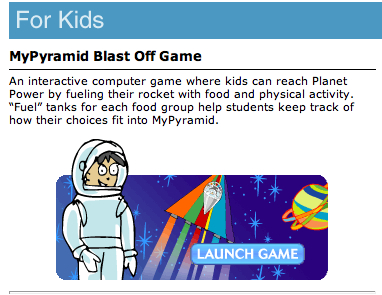Check out the Don’t Buy It site for lots of good ideas to try out with your kids. This is a great resource to use when starting to teach your kids about how to become critical consumers of media messages.
http://pbskids.org/dontbuyit/advertisingtricks/
Some places to start exploring this site would be: Food Advertising Tricks You Should Know About. Have you ever wondered how the food in ads is made to look so appealing when in real life, you often discover that the food doesn’t look quite as good. Don’t miss checking out:
http://pbskids.org/dontbuyit/advertisingtricks/foodadtricks_burger2.html
Another fun activity to try with your child is: Create Your Own Ad.
Learn about the process of creating an ad as you try to create an ad of your own.
http://pbskids.org/dontbuyit/advertisingtricks/createyourownad_flash.html
Be sure to have your child try the Ad Detective activity. Many times children don’t’ recognize that ads are all around us. This is a good activity for helping to raise their awareness.
http://pbskids.org/dontbuyit/advertisingtricks/betheaddetective_6.html

http://www.yesnet.yk.ca/schools/wes/webquests_themes/media/media_sofie/introduction.html

Make your own video about food choices. See this video created by sixth-grade students about junk food.
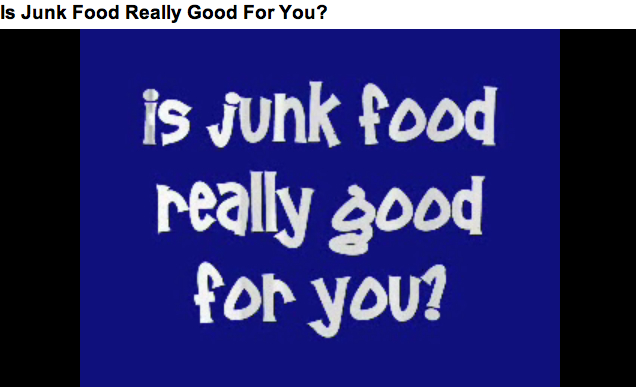
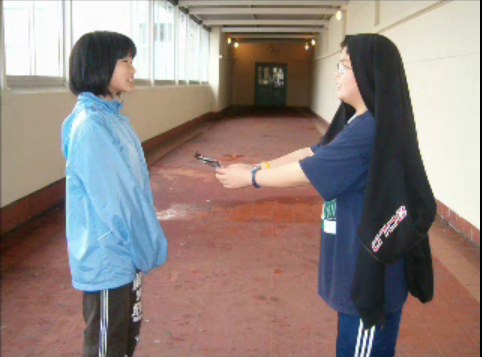
http://www.bam.gov/sub_yourlife/yourlife_addecoder.html
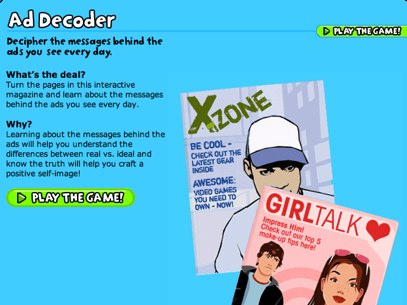
Calculate how much money your family would save if you didn’t purchase all those meals just to collect the toys. Have your child think about what kind of toy you might be able to purchase with your savings. You might even want to go online together and go to a toy site where your child could pick a toy that your family could buy with the savings.
Another interesting idea is to go online and find out what cheap toys similar to the ones that your child is seeking would cost if they were purchased in bulk. You might just discover that you could soon buy an entire bag of similar figurines with your savings!
http://www.bam.gov/sub_foodnutrition/diningdecisions_games.html
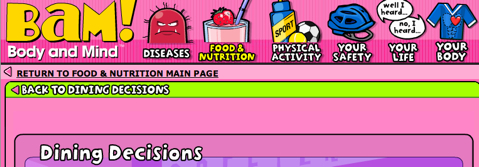
http://www.goodfoodstrategies.com/healthykids/
To read more about this project, go to:
http://seattlepi.nwsource.com/local/249422_ncenter23.html
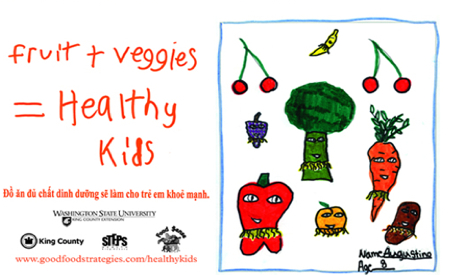
Encourage your elementary age children to go to this site or you might want to play some of the games with your younger children too. While you’re there, check out the recipes and tips for parents.
http://www.nutritionexplorations.org/kids/
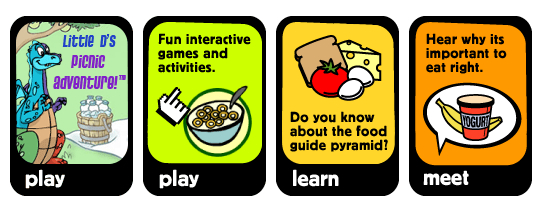
Have your kids check out the Power Panther on the site brought to you by the US Department of Agriculture. In the Farmer’s Market section of this site, the kids will find interactive activities designed to encourage healthy food choices. There are activities on this site for 4-6 year olds and their 7-10 year old brothers and sisters.
http://www.fns.usda.gov/eatsmartplayhardkids/
Visit this website sponsored by the Pacific Science Center. The site provides nutrition information while involving your child in interactive games. One game gives a scenario in which the player is required to guess the missing nutrient and therefore learns what that specific nutrient does for the body. Other activities involve a game of Jeopardy and building a meal.
http://exhibits.pacsci.org/nutrition/nutrition_cafe.html
The British Nutrition Foundation website offers some interactive activities designed to get your child thinking about where food comes from. There are activities for 5-7 year olds as well as 8-11 year olds on this site.
http://www.foodafactoflife.org.uk/section.aspx?siteId=13§ionId=54
The site sponsored by Washington Growers offers interactive activities, child-centered recipes, and fun facts about Washington tree fruits. See this section of the site, for example, sponsored by Washington Apple Commission:
http://www.bestapples.com/kids/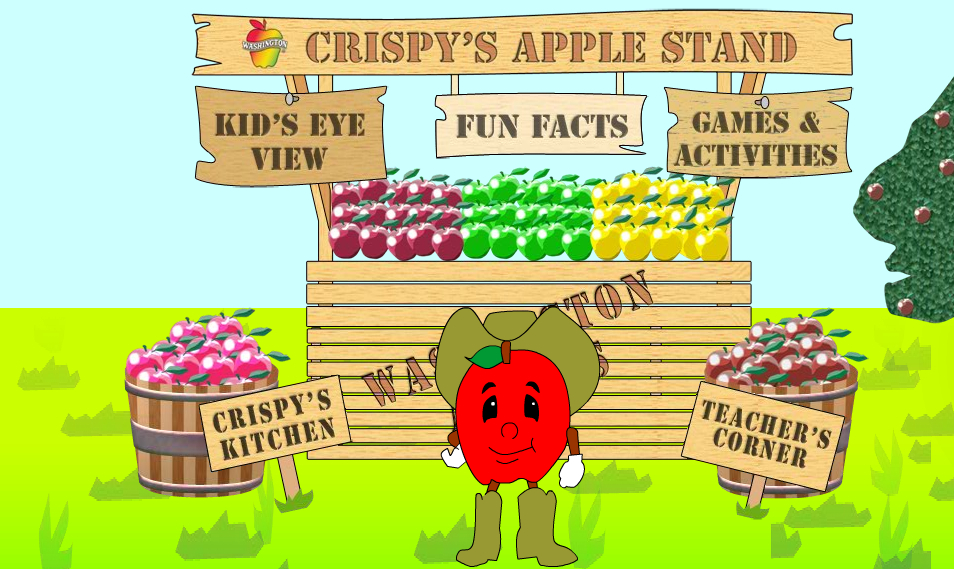
http://www.usapears.com/justforkids/

Webquest on fruits and vegetables presents their names and characteristics, what they look like, where they grow (on trees, underground, etc.) and which countries they come from, what parts we eat, how they taste, which family they are from, how we eat them, and more.
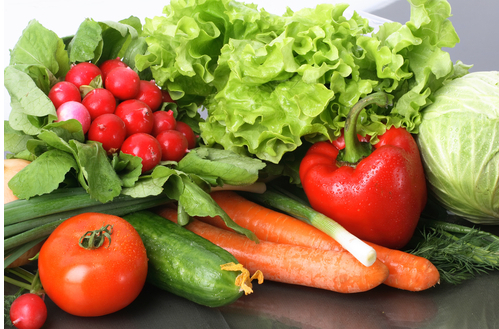
Sponsored by: Nemours Foundation. A calorie game, players are asked to feed a pumpkin candy; once the pumpkin has had its daily amount of calories they are told to stop.
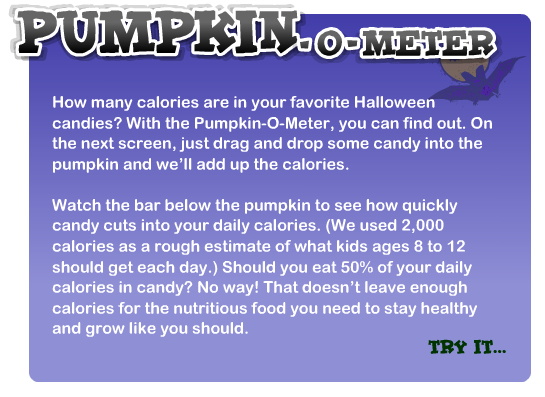
Sponsored by: United States Department of Agriculture. This is an interactive computer game where kids can reach Planet Power by fueling their rocket with food and physical activity. “Fuel” tanks for each food group help students keep track of how their choices fit into the MyPyramid guide for healthy food choices.
